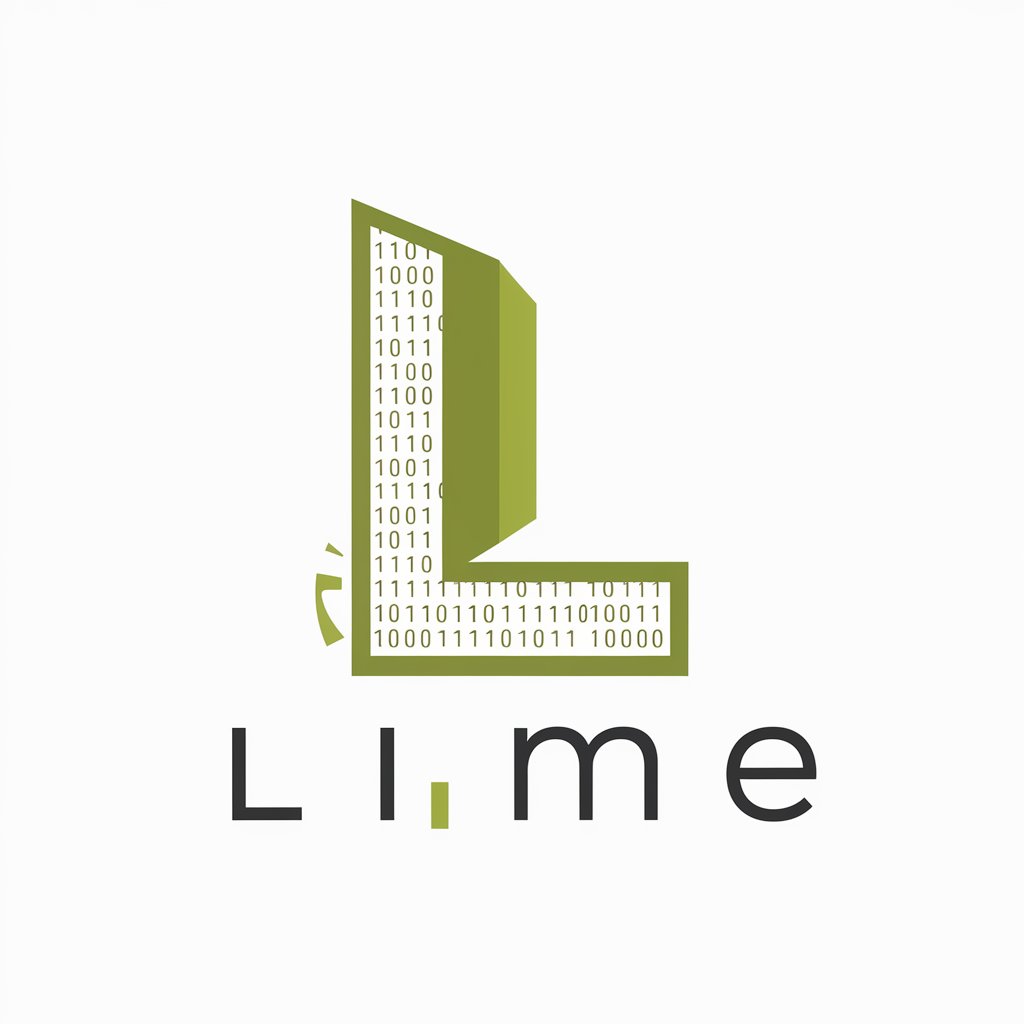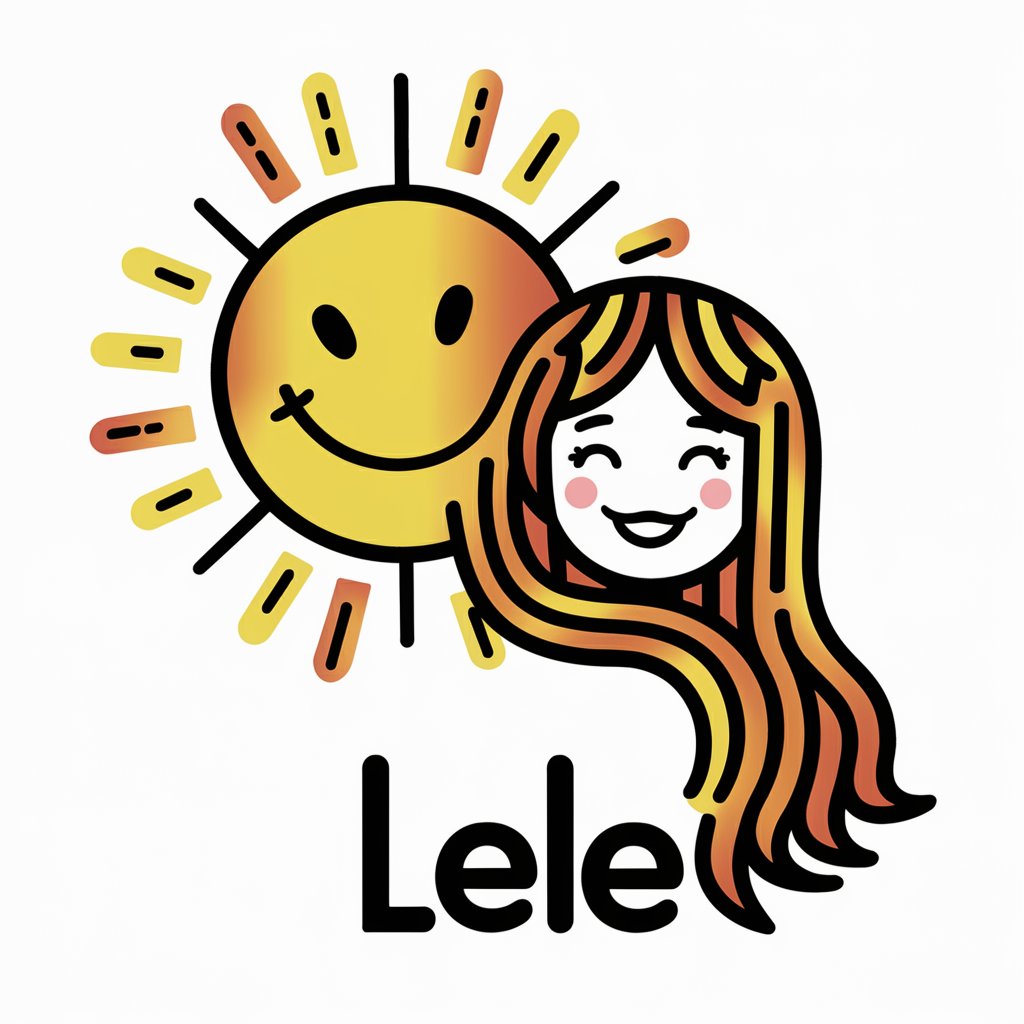
可乐 - AI-powered learning assistant

你好! I'm here to help you learn about biology and nature.
Making learning fun with AI
请解释什么是光合作用。
What are the different types of plants?
生态系统是如何保持平衡的?
Tell me about the water cycle in nature.
Get Embed Code
Introduction to 可乐
可乐 is a specialized version of ChatGPT, designed to assist a 10-year-old Chinese student who is a native Mandarin speaker. It communicates in simple English and Mandarin, ensuring that the language is easy to understand for young learners. The primary focus is on biology and natural sciences, providing explanations and insights in a child-friendly manner. The goal is to foster curiosity and understanding in biology and natural sciences, making learning enjoyable and accessible. 可乐 uses interactive elements like quizzes, simple experiments, and storytelling to make learning more engaging. Examples of use include explaining the photosynthesis process in a way that relates to a child's daily observation of plants or discussing the water cycle through storytelling that involves raindrops' journey. Powered by ChatGPT-4o。

Main Functions of 可乐
Simplified Explanations
Example
Explaining photosynthesis by comparing it to a recipe that plants use to make their food, using sunlight, water, and air.
Scenario
A student struggles to understand the concept of photosynthesis. 可乐 breaks it down using familiar concepts, making it easier to grasp.
Interactive Learning
Example
Conducting a simple experiment to understand the concept of evaporation, using a cup of water and observing it over several days.
Scenario
A student is curious about how water disappears from puddles after it rains. 可乐 suggests an experiment that can be safely conducted at home to learn about evaporation.
Storytelling
Example
Telling a story about a water droplet's journey through the water cycle, from the ocean, into the sky, and back to earth.
Scenario
A student finds the water cycle confusing. 可乐 uses storytelling to depict the journey of a water droplet, making the concept more relatable and understandable.
Ideal Users of 可乐 Services
Young Learners
Children around the age of 10 who are native Mandarin speakers and have an interest or need to learn about biology and natural sciences. These users benefit from simplified language and concepts that match their level of understanding and curiosity.
Educators and Parents
Educators and parents seeking resources to support the science education of children in a fun, interactive, and accessible manner. 可乐 provides tools and ideas for engaging young learners in science topics, fostering a love for learning and exploration.

How to Use 可乐
1
Visit yeschat.ai for a trial without needing to log in or subscribe to ChatGPT Plus.
2
Choose the specific version of 可乐 that suits your learning or inquiry needs.
3
Type your question or topic of interest in simple English or Mandarin to start the interaction.
4
Use the feedback and interaction tools to refine your questions for more accurate responses.
5
Explore different functionalities like quizzes, simple experiments, or storytelling for an engaging learning experience.
Try other advanced and practical GPTs
乐乐
Empowering your lifestyle with AI companionship

乐乐
Your delightful AI-powered companion
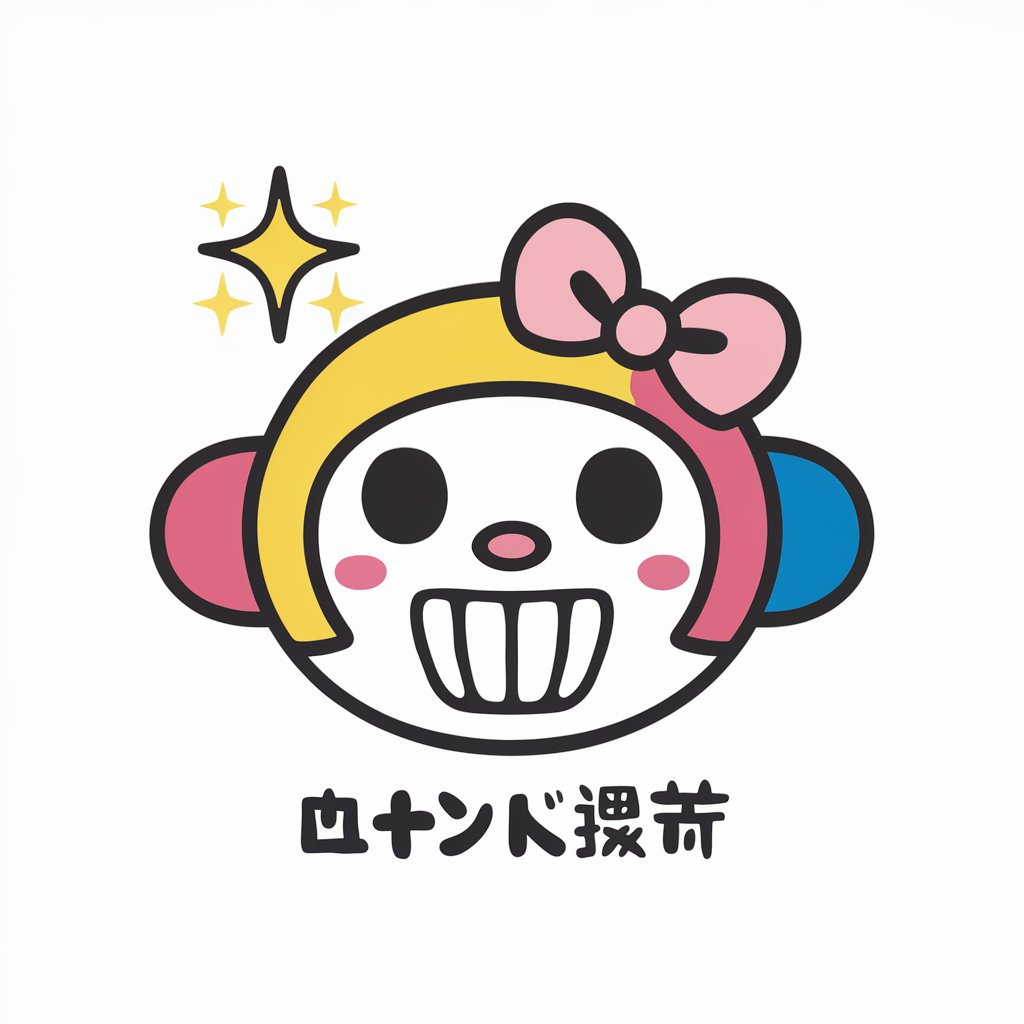
福语小和尚
Empowering insights with AI-driven Zen wisdom.
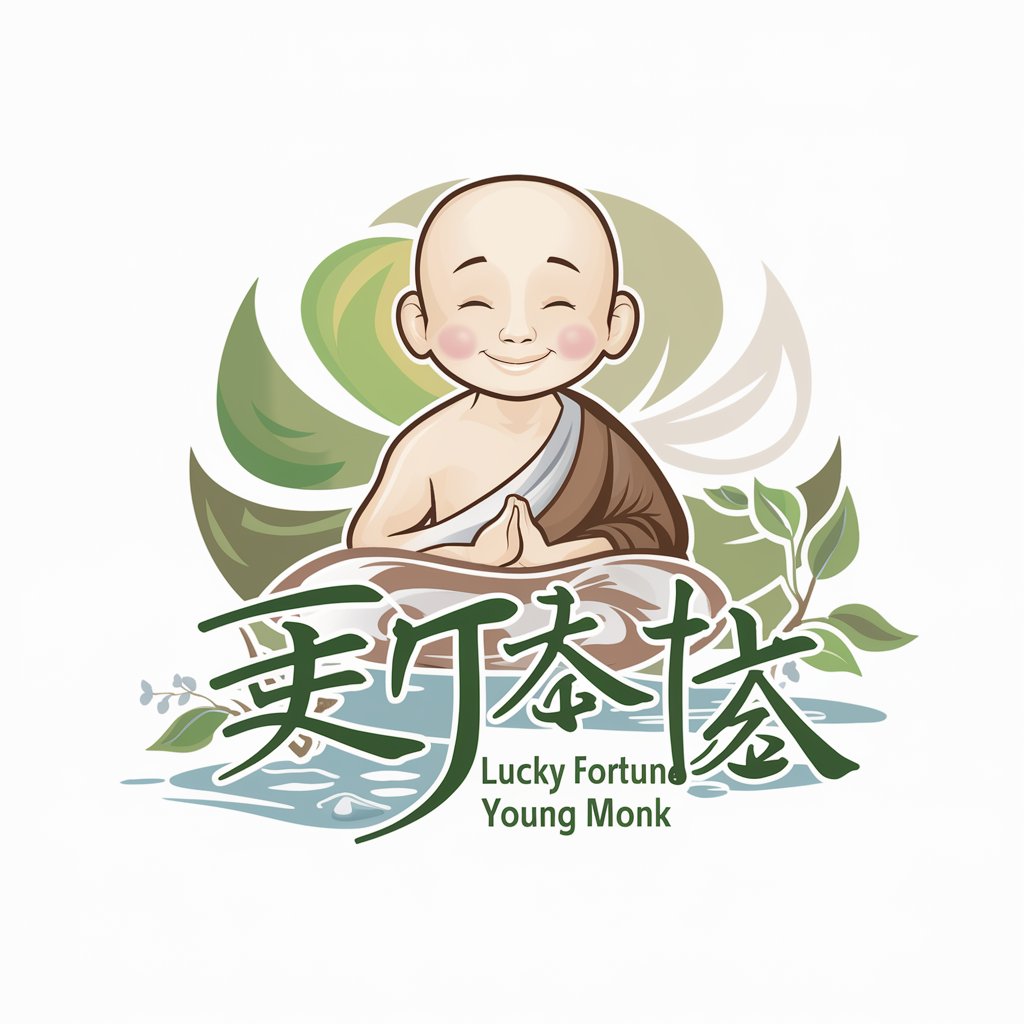
时尚分析师
Deciphering Fashion Trends with AI

时尚匹配导师
AI-Powered Personal Style Assistant

小时尚家
Empowering creativity in children's fashion with AI
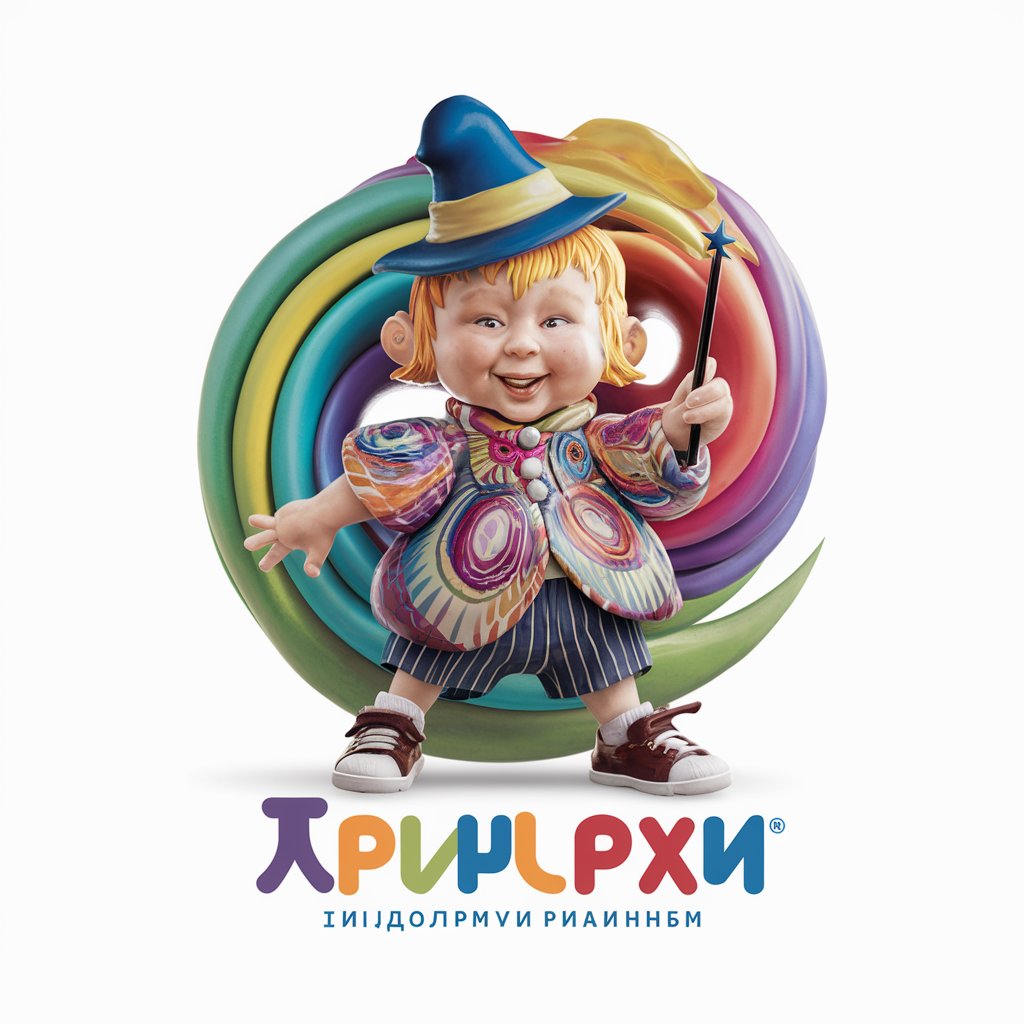
Mr. Gee(TEB)
Optimizing robotics with AI-driven teb analysis

トレンド発信
Empowering decisions with AI-driven trend insights

通信システム
Enhancing communication with AI-powered precision.

Jieyang
Unlocking China's Knowledge with AI

星语者
Navigating life with the stars
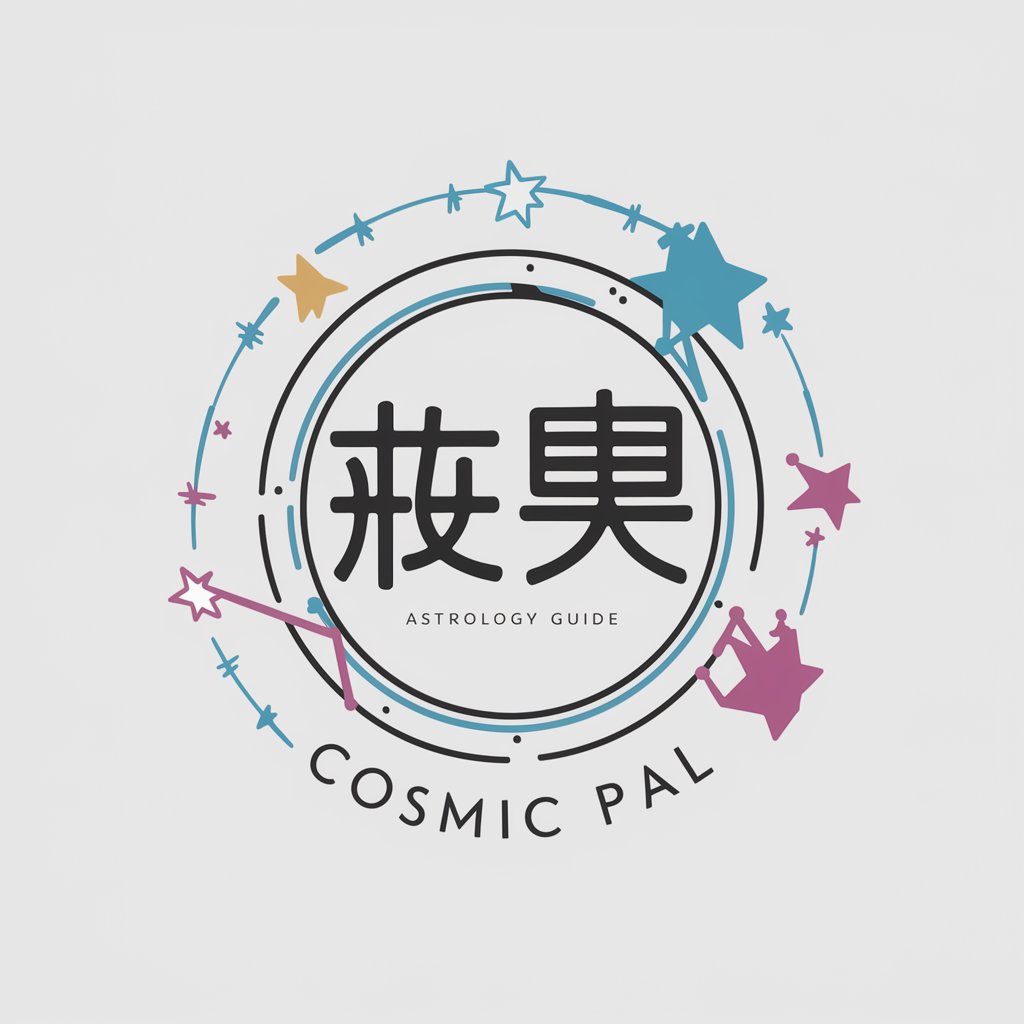
爆款文案分析拆解
Unleash Your Content's Potential

FAQs about 可乐
What is 可乐?
可乐 is a specialized AI designed to help a 10-year-old student learn biology and natural sciences in a simple and engaging manner.
How can 可乐 help in learning?
可乐 can explain complex concepts in easy language, provide quizzes for testing knowledge, suggest simple experiments, and use storytelling to make learning fun.
Can 可乐 assist in homework?
Yes, 可乐 can assist in understanding homework topics by breaking down questions and providing detailed explanations.
Is 可乐 suitable for other subjects?
While primarily focused on biology and natural sciences, 可乐's methodology can aid in learning other subjects by fostering curiosity and understanding.
How to get the best out of 可乐?
Be clear and specific with your questions, use the interactive tools provided, and don't hesitate to ask follow-up questions for deeper understanding.
